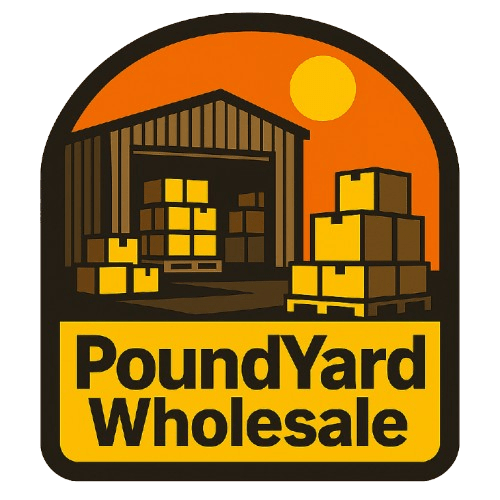Do you know exactly all of your storage costs? Most small and medium-sized businesses underestimate or do not even attempt to determine the actual storage costs of individual products. Why is this so important in running a profitable business venture, even if the overall balance sheet is satisfactory? Proper inventory management can not only save money, but significantly increase income and accelerate business development. Below we define warehousing costs in detail and present a method for calculating them.
What is the “warehousing cost”? The number of finished products in the warehouse at a given time is called the available inventory, and the [read more] storage cost is the amount spent on storing the inventory. It consists of the costs of rent, utilities, personnel, equipment maintenance, building maintenance and security. In the case of long-term storage, these costs should be multiplied by the number of months. Companies rarely take into account other costs, such as the risk of damage or loss of goods balanced by insurance, which, however, also costs. Even less often is the depreciation of goods over time included in the calculations. Finally, it is also worth adding the time spent on cleaning and inspection activities, subsequent inventories, or finally wondering how to sell these products at a profit.
How to calculate storage costs? Storage costs are very easy to calculate when we store only one type of product and rent space in a warehouse. The entire cost (K) is simply divided by the number of items (S) and multiplied by the number of months (M) of using such a service. We can then easily compare the result with the margin and determine how long storage is profitable for us. product storage cost = K : S x M
The more difficult mathematics begins when we have our own or rented warehouse and, in addition to fixed fees, various variable costs. In addition, the warehouse is used to store not only very diverse products for sale, but also packaging, sales tools, advertising, etc. We must first add up all the expenses (including work) related to the warehouse (K), and then calculate what part of the total area is occupied by a given item in proportion to other items, e.g. 1 out of 8 shelves. K = k1 + k2+ k3… product storage cost = ⅛ K : S x M
When calculating the area occupied by our products, we must remember to also include the area providing free access and – proportionally to the rest of the stored items – additional areas (including the entrance to the warehouse, alleys and corridors). Many companies do not treat these costs with due consideration. It often happens that it would be much more beneficial for them to get rid of the goods that are lying around and allocate the area for other, faster-moving products, for better display (enlarging the showroom or shop), or new work stations that generate income. Even by renting space in their warehouse, they could have a greater profit than by hoarding their own unsold goods. If you have calculated or even just suspect that it is no longer profitable for you to store products… Contact us on WhatsApp: +44 0753 4103643, Info@Poundyardwholesale.co.uk
